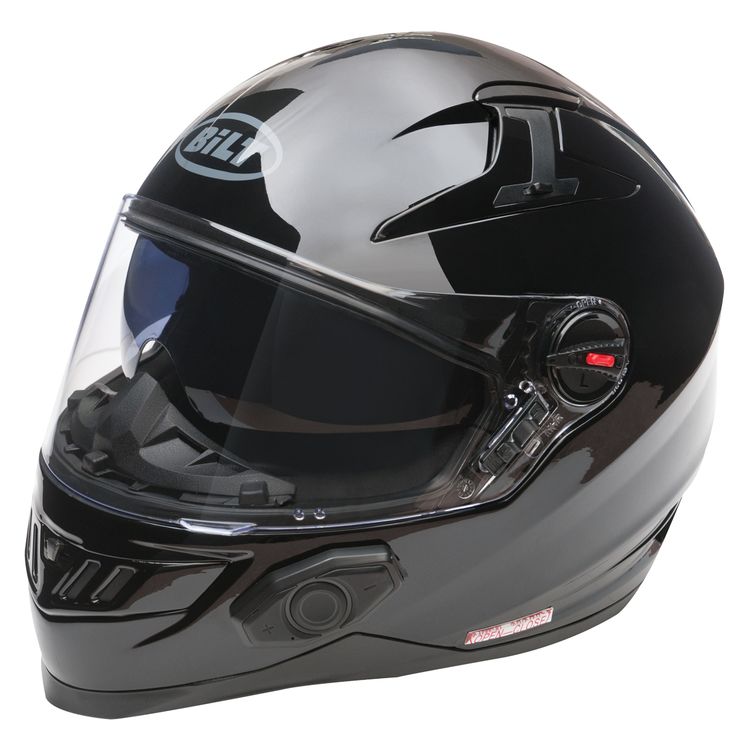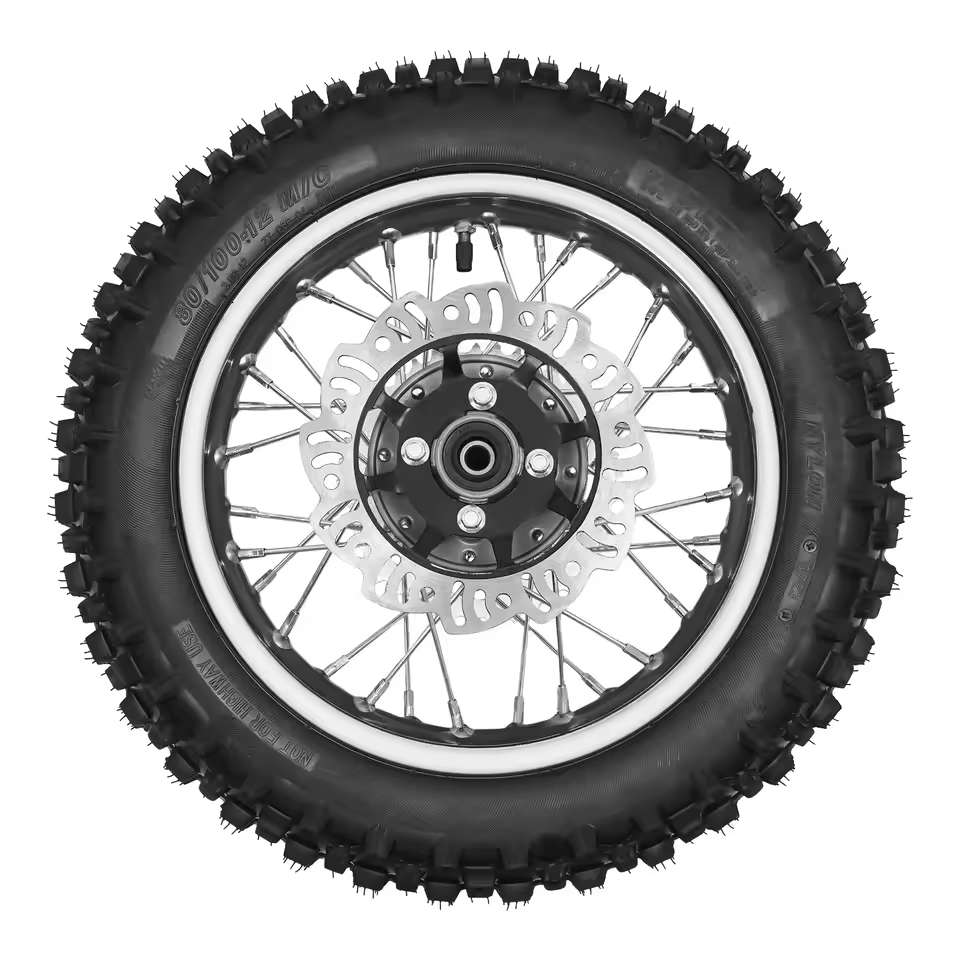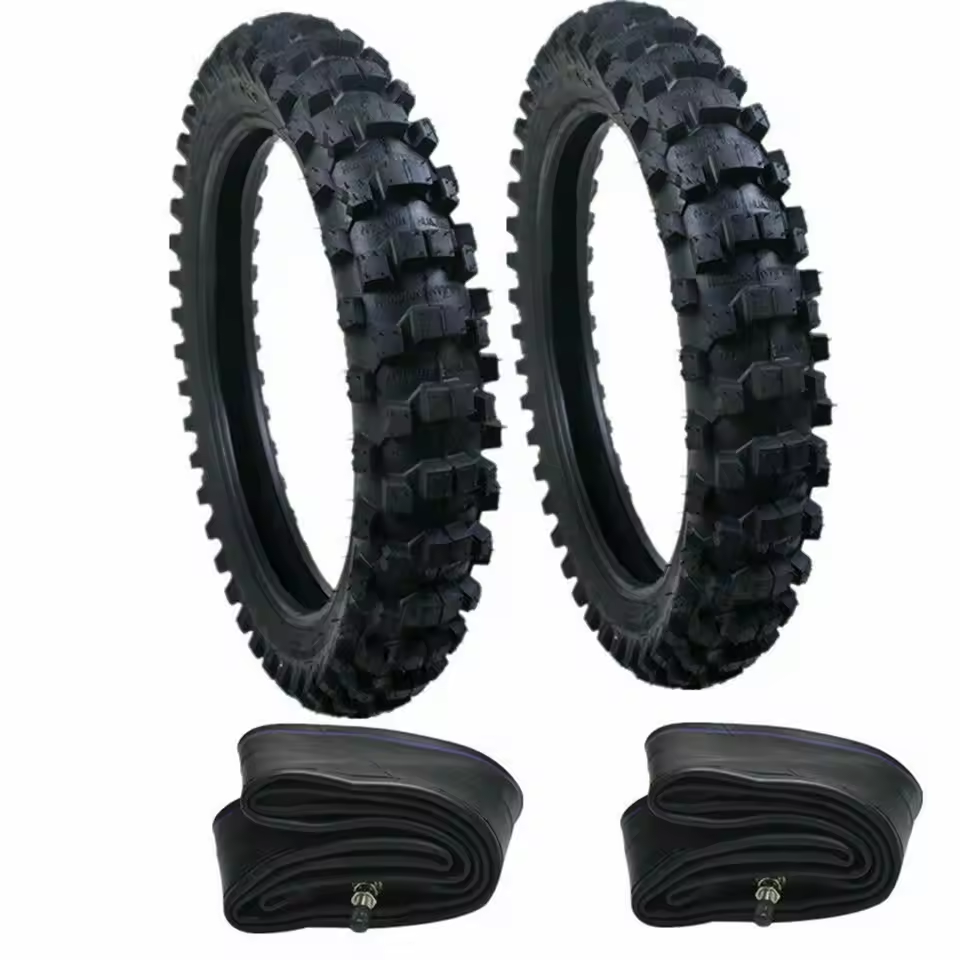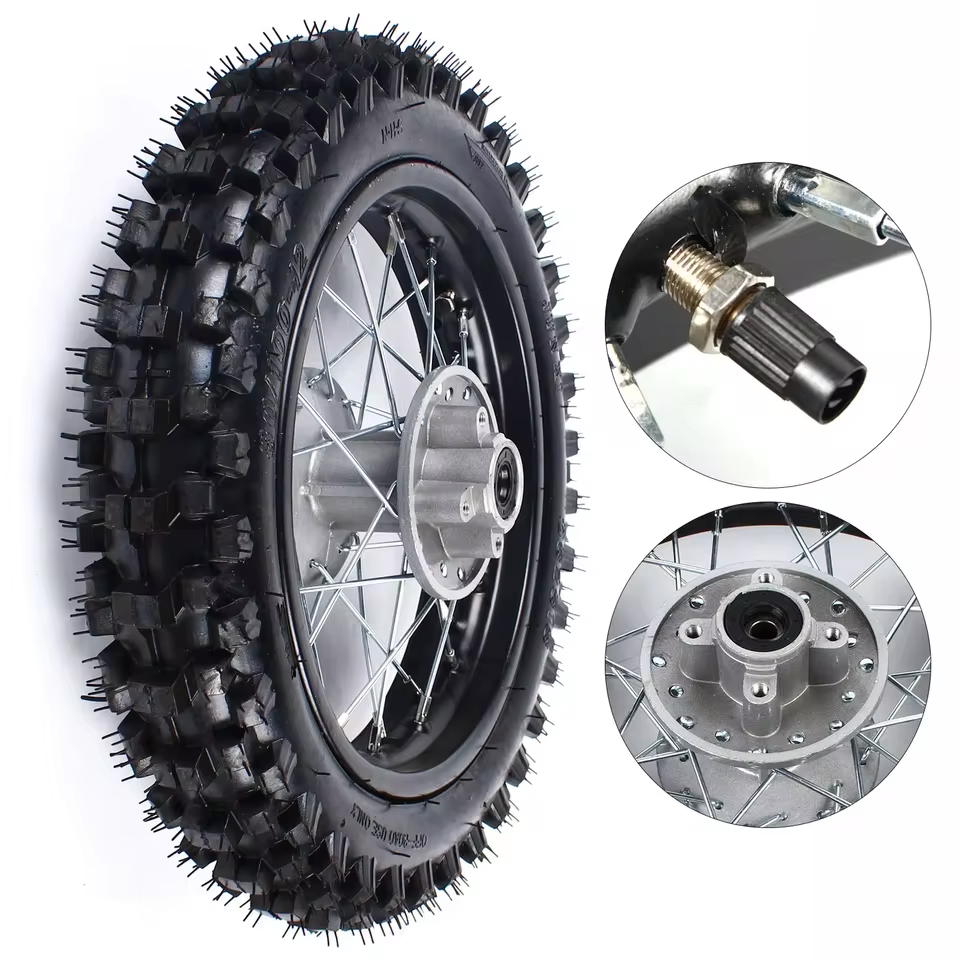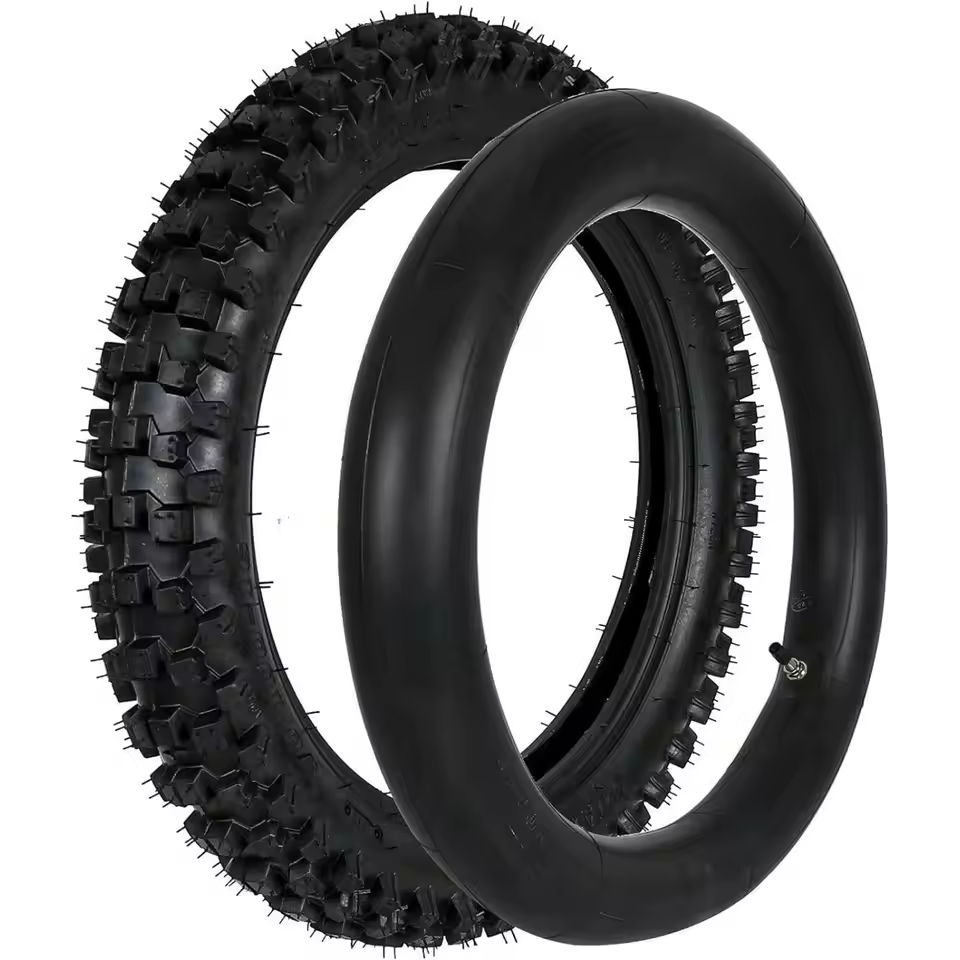Jun 17, 2025
BMW Warning Lights Car on Ramp: What to Do When on Ramp
Driving a BMW is synonymous with luxury, performance, and cutting-edge technology. However, like any vehicle, BMWs come equipped with a variety of warning lights designed to alert you to potential issues. Understanding bmw warning lights car on ramp is essential for maintaining your vehicle’s health and ensuring your safety. Whether you’re maneuvering your BMW onto a ramp at a service center or encountering warning lights during a routine drive, knowing what these indicators mean can save you time, money, and frustration. In this comprehensive guide, we’ll explore common BMW warning lights, their meanings, and the steps you should take when these lights appear, especially when your car is on a ramp.
 Common BMW Warning Lights and Their Meanings
Common BMW Warning Lights and Their Meanings
BMWs feature a sophisticated dashboard with numerous warning lights, each serving a specific purpose. Recognizing these lights and understanding their implications is crucial for timely maintenance and repairs.
Engine Warning Light
The engine warning light, often depicted as an engine silhouette, signals an issue with the engine’s performance. When this light illuminates, it indicates that the engine control unit (ECU) has detected a problem. Common causes include faulty sensors, low oil levels, or issues with the catalytic converter. If this light appears while your BMW is on a ramp, it’s essential to address the problem before continuing your service to prevent further damage.
ABS Warning Light
The Anti-lock Braking System (ABS) warning light indicates a malfunction in the ABS system, which helps prevent wheel lock-up during braking. If this light comes on while your BMW is on a ramp, it’s advisable to have the ABS system inspected by a professional. Faults in the ABS can compromise your vehicle’s braking performance, particularly in emergency situations.
Stability Control Warning Light
BMWs are equipped with Stability Control systems that enhance vehicle handling and safety. The stability control warning light alerts you to potential issues with this system. When this light is on while your car is on a ramp, it may affect how the vehicle maintains traction and stability, especially during movement on slick or uneven surfaces.
Battery Charge Warning Light
The battery charge warning light indicates that the battery is not being charged properly, possibly due to a failing alternator or a weak battery. If this light appears while your BMW is on a ramp, it’s essential to check the battery connections and ensure the alternator is functioning correctly to avoid being stranded due to a dead battery.
Tire Pressure Monitoring System (TPMS) Warning Light
The TPMS warning light alerts you when tire pressure is too low or too high. Proper tire pressure is crucial for safe driving, fuel efficiency, and tire longevity. If this light comes on while your BMW is on a ramp, inspect your tires for any signs of underinflation or overinflation and adjust the pressure accordingly before resuming your drive.
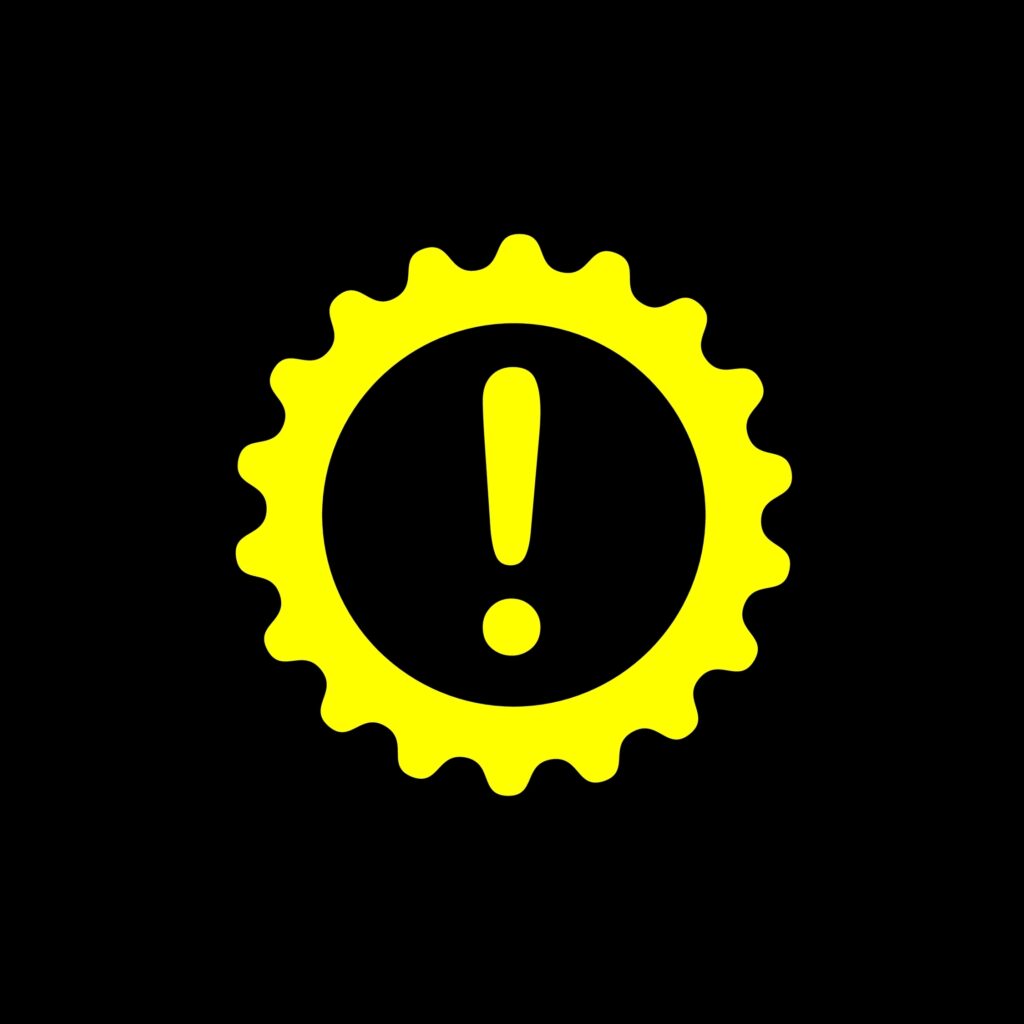 Steps to Take When Warning Lights Appear on a Ramp
Steps to Take When Warning Lights Appear on a Ramp
BMW warning lights car on ramp? Encountering warning lights while your BMW is on a ramp can be concerning, but taking the right steps can prevent potential damage and ensure your safety.
Assess the Severity of the Warning Light
First, identify which warning light is illuminated. Refer to your BMW’s owner manual to understand the specific meaning of each light. Some warning lights, like the check engine light, may require immediate attention, while others, such as the tire pressure warning, may be more manageable.
Check Basic Functions
If the warning light is related to simple issues like low oil levels or tire pressure, check these areas first. Ensure your BMW has adequate oil and that your tires are properly inflated. Sometimes, resolving these basic issues can turn off the warning light without the need for further intervention.
Use Diagnostic Tools
Modern BMWs are equipped with onboard diagnostic systems that provide detailed information about the vehicle’s health. Using an OBD-II scanner, you can retrieve error codes that explain why a warning light is on. This step is particularly useful if the problem is more complex and requires professional attention.
Consult a Professional Mechanic
If the warning light indicates a serious issue, such as engine or ABS malfunction, it’s best to consult a professional mechanic. Since your BMW is on a ramp, inform the service technician about the warning lights so they can perform a thorough diagnosis and address the problem efficiently.
Avoid Driving with Critical Warning Lights On
Driving your BMW with critical warning lights illuminated can lead to further damage and safety hazards. For instance, ignoring the engine warning light can result in significant engine damage, while disregarding the ABS warning light can compromise your braking system’s effectiveness.
Preventive Maintenance to Avoid Warning Lights
Preventing warning lights from appearing involves regular maintenance and proactive care. Here are some strategies to keep your BMW in top condition:
Regularly Scheduled Maintenance
Follow BMW’s recommended maintenance schedule for oil changes, filter replacements, and system checks. This routine helps identify and address potential issues before they trigger warning lights.
Monitor Fluid Levels
Regularly check and maintain appropriate levels of engine oil, coolant, brake fluid, and other necessary fluids. Consistently monitoring these levels can prevent system malfunctions that lead to warning lights.
Keep Tires in Good Condition
Ensure your tires are properly inflated and in good condition. Regularly inspect tires for wear and replace them when necessary to avoid TPMS warning lights and ensure optimal performance.
Use High-Quality Parts and Fluids
Using high-quality replacement parts and fluids during maintenance can enhance your BMW’s reliability and performance, reducing the likelihood of warning lights due to component failures.
Address Warning Lights Promptly
If a warning light appears, don’t ignore it. Addressing issues promptly can prevent minor problems from escalating into major repairs. Regularly consulting with a BMW specialist can help maintain the health of your vehicle.
 How to Interpret and Respond to Specific Warning Lights
How to Interpret and Respond to Specific Warning Lights
Understanding how to interpret and respond to specific warning lights is key to maintaining your BMW’s performance and safety.
Check Engine Light
The check engine light can indicate a range of issues, from minor to severe. When this light appears on a ramp, it might be related to engine performance or emissions control systems. Immediate inspection by a professional is recommended to diagnose and fix the underlying problem.
ABS Light
The ABS light signifies a malfunction in the Anti-lock Braking System. While the vehicle can still be driven, the absence of ABS reduces braking efficiency in slippery conditions. Consulting a mechanic to repair the ABS is essential to restore full braking functionality.
Battery Light
A battery warning light suggests an issue with the electrical charging system. If this light is on while your BMW is on a ramp, it’s crucial to stop and check the battery connections. A failing alternator must be repaired to ensure the battery remains charged and the vehicle operates correctly.
Oil Warning Light
The oil warning light indicates low oil pressure, which can lead to engine damage if not addressed immediately. Check the oil level and add oil if necessary. If the light remains on after topping up, consult a mechanic to inspect for leaks or faulty sensors.
Tire Pressure Warning Light
The TPMS light alerts you to improper tire pressure. Adjust your tire pressure to the recommended levels specified in your vehicle’s manual. Regularly checking tire pressure can prevent uneven tire wear and improve fuel efficiency.
Stability Control Light
The stability control light indicates a problem with the vehicle’s traction and stability systems. This light requires immediate attention, as it affects how your BMW responds to steering inputs and maintains grip on the road. A mechanic should diagnose and repair the stability control system promptly.
 Advanced Troubleshooting Tips for BMW Owners
Advanced Troubleshooting Tips for BMW Owners
Beyond basic maintenance and immediate responses, advanced troubleshooting can help BMW owners manage warning lights effectively, especially when dealing with complex issues while the car is on a ramp.
Utilize BMW’s Onboard Diagnostics
BMW vehicles are equipped with advanced onboard diagnostics that provide detailed error codes and system alerts. Accessing these diagnostics through the vehicle’s interface or using a professional-grade OBD-II scanner can offer deeper insights into the root causes of warning lights.
Research Specific Warning Light Meanings
Understanding the specific meaning of each warning light helps in identifying the appropriate response. BMW’s official documentation and trusted automotive resources provide comprehensive information about each warning light’s implications.
Engage with BMW Owner Communities
Joining BMW owner forums and communities can offer valuable advice and shared experiences regarding warning lights. Engaging with fellow BMW enthusiasts can provide practical solutions and support when dealing with common issues.
Keep a Maintenance Log
Maintaining a detailed log of your BMW’s maintenance activities can help track recurring issues and identify patterns that may trigger warning lights. This proactive approach allows for timely interventions and better vehicle management.
Invest in Quality Diagnostic Tools
Using high-quality diagnostic tools tailored for BMW vehicles can enhance your ability to accurately pinpoint issues. Advanced scanners with BMW-specific software offer more precise data compared to generic tools, facilitating better maintenance and repair decisions.
Safety Precautions When Handling Warning Lights on a Ramp
Handling warning lights while your BMW is on a ramp requires additional safety measures to ensure both your safety and the vehicle’s stability.
Secure the Vehicle Properly
Before addressing any warning lights, ensure your BMW is securely positioned on the ramp. Double-check that the jack stands or lifting equipment are stable and that the vehicle cannot move unexpectedly during inspection or repairs.
Use Appropriate Lighting
Adequate lighting is essential when inspecting warning lights and performing maintenance on a ramp. Proper lighting ensures you can clearly see the dashboard indicators and identify any potential issues without straining your eyes.
Follow Manufacturer Guidelines
Always adhere to BMW’s manufacturer guidelines when performing maintenance or repairs on a ramp. These guidelines provide specific instructions on handling different systems and components safely and effectively.
Wear Protective Gear
Using protective gear such as gloves and safety glasses can prevent injuries when working on your BMW. Protective equipment ensures you stay safe while performing inspections or minor repairs.
Avoid Distractions
When handling warning lights on a ramp, eliminate potential distractions to maintain focus on the task at hand. Concentrate on identifying and addressing the warning light to prevent mistakes that could lead to further vehicle issues.
 Conclusion
Conclusion
Understanding bmw warning lights car on ramp is vital skills for every BMW owner. Recognizing the significance of each warning light, taking prompt action, and maintaining your vehicle diligently ensures that your BMW remains in optimal condition. Whether you’re dealing with minor alerts or more serious indicators while your car is on a ramp, applying the knowledge and tips outlined in this guide will help you navigate these situations with confidence and expertise. Embrace proactive maintenance, leverage advanced troubleshooting techniques, and prioritize safety to ensure your BMW continues to deliver the exceptional performance and reliability you expect. Stay informed about your vehicle’s warning systems, and enjoy a seamless driving experience free from unexpected surprises.
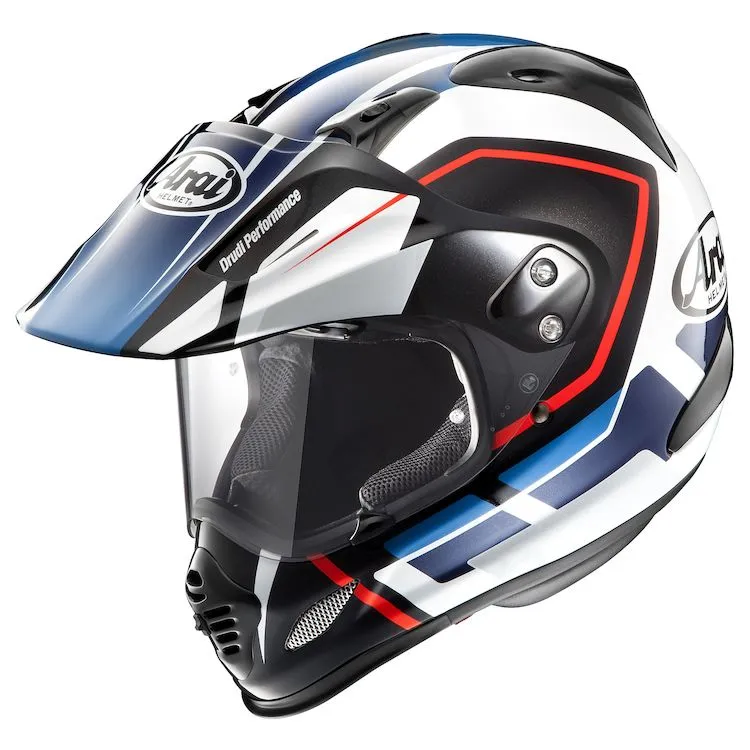 Understanding Adventure Motorbike Helmets
Understanding Adventure Motorbike Helmets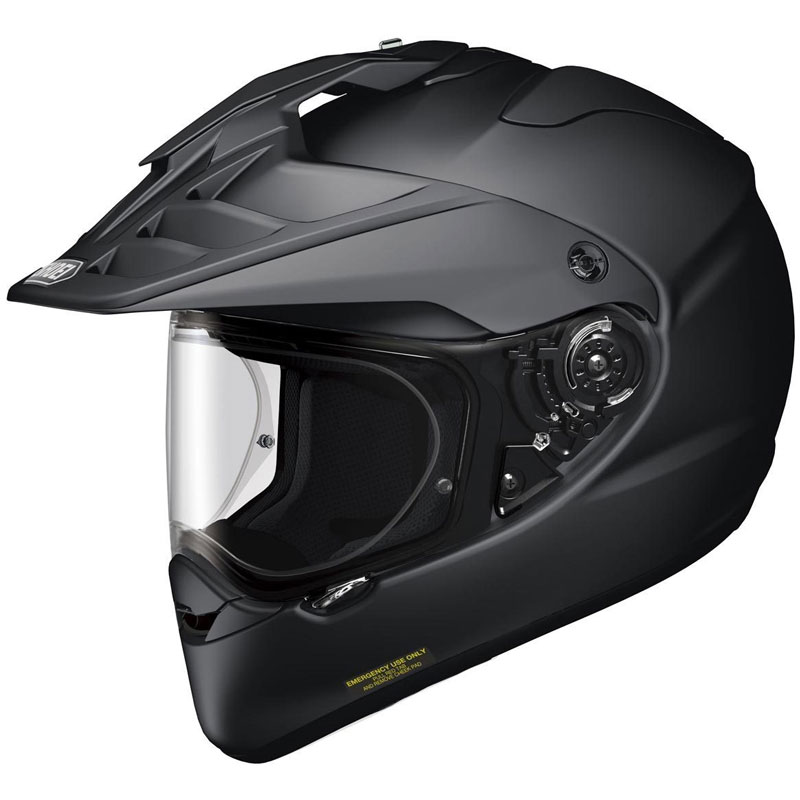 Safety Standards and Certifications
Safety Standards and Certifications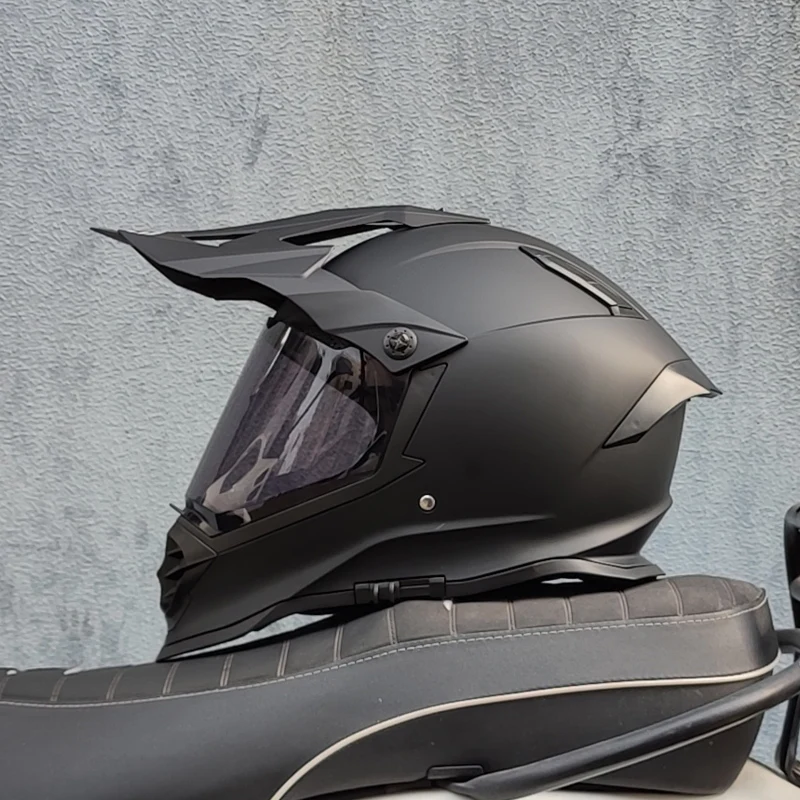 Comfort and Fit: Ensuring a Perfect Match
Comfort and Fit: Ensuring a Perfect Match Maintenance and Care for Your ADV Helmet
Maintenance and Care for Your ADV Helmet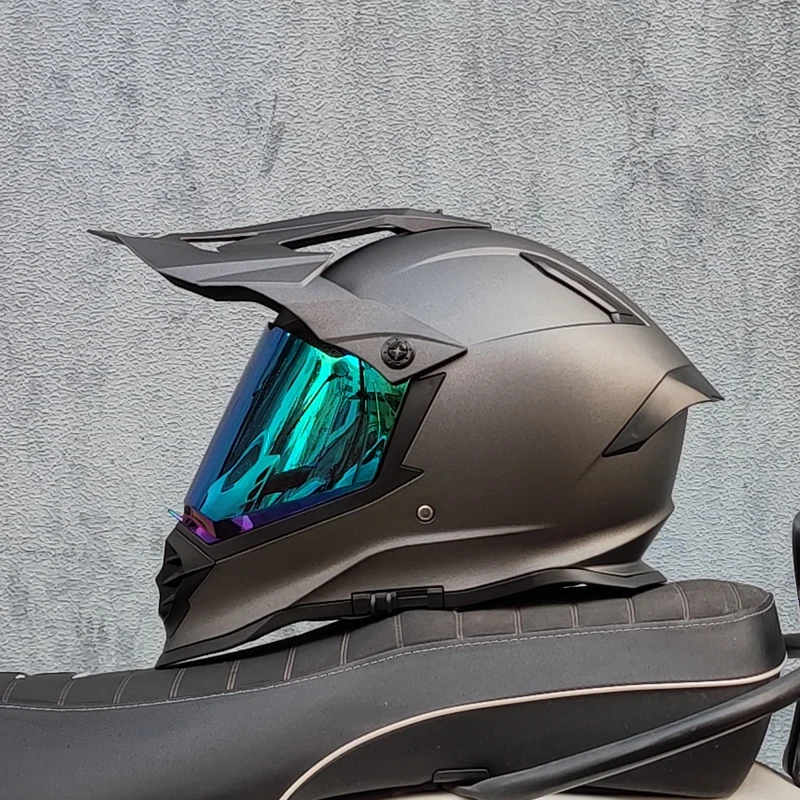 Conclusion
Conclusion Why Choose a Bluetooth Motorcycle Helmet?
Why Choose a Bluetooth Motorcycle Helmet?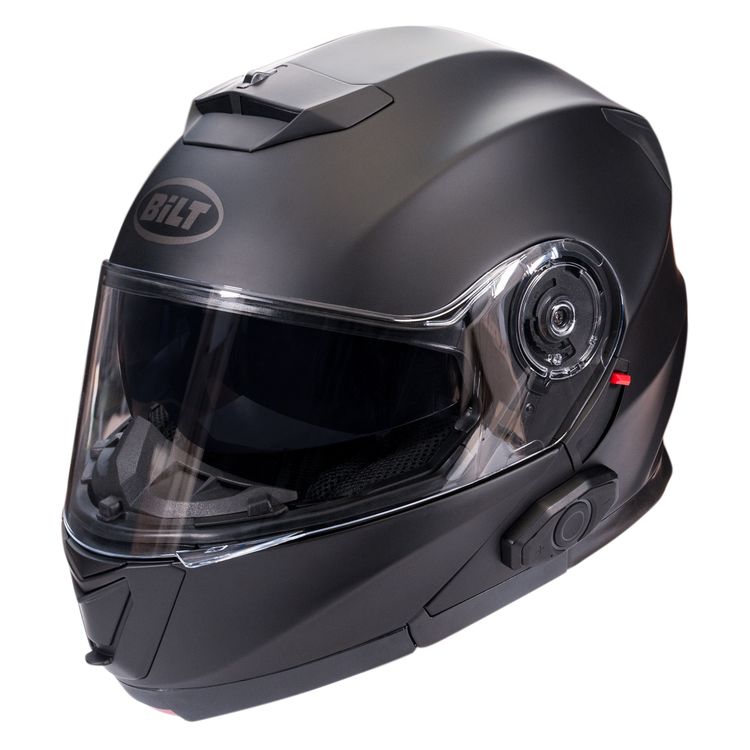 Top-Rated Bluetooth Motorcycle Helmets on the Market
Top-Rated Bluetooth Motorcycle Helmets on the Market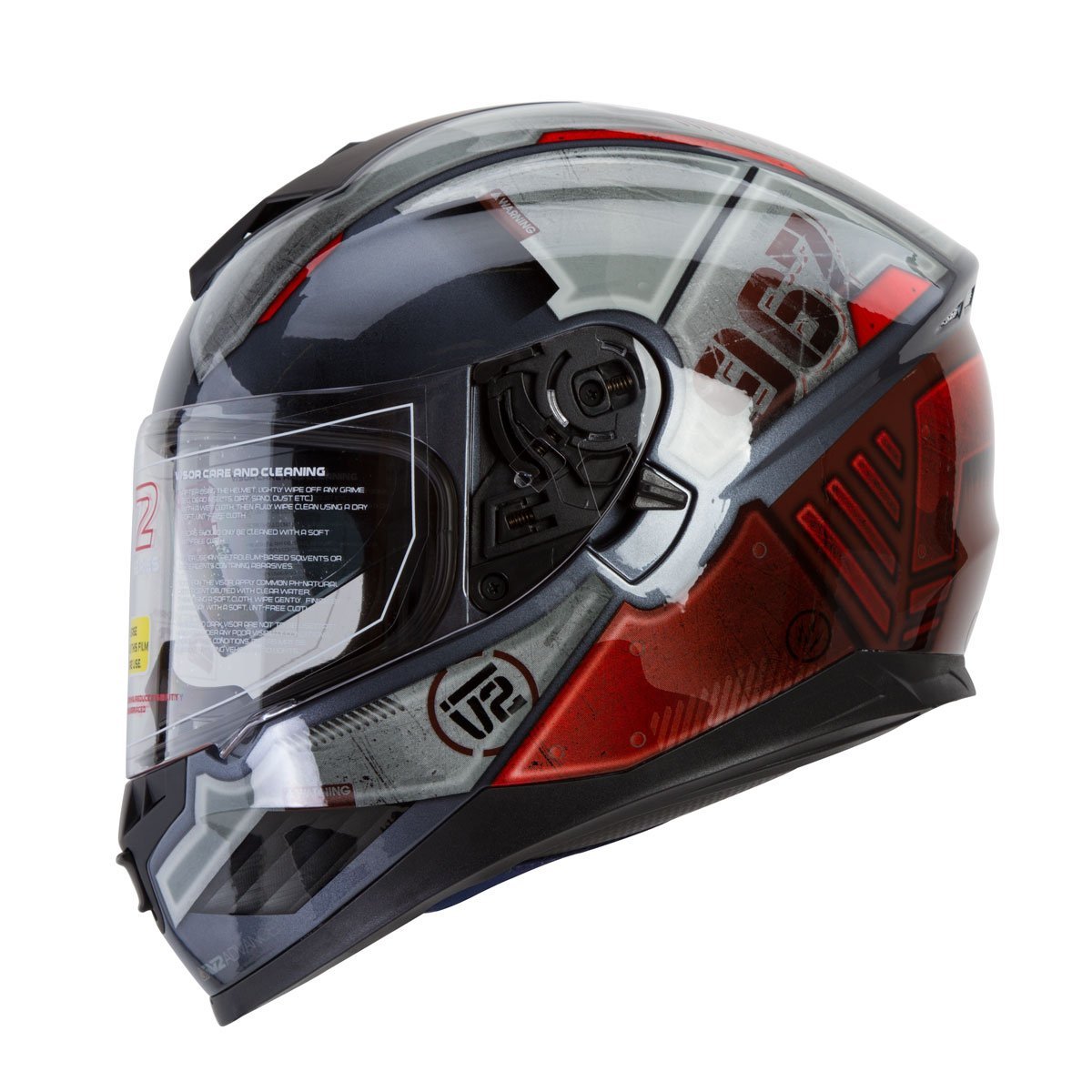 Installation and Maintenance of Bluetooth Motorcycle Helmets
Installation and Maintenance of Bluetooth Motorcycle Helmets Future Trends in Bluetooth Motorcycle Helmets
Future Trends in Bluetooth Motorcycle Helmets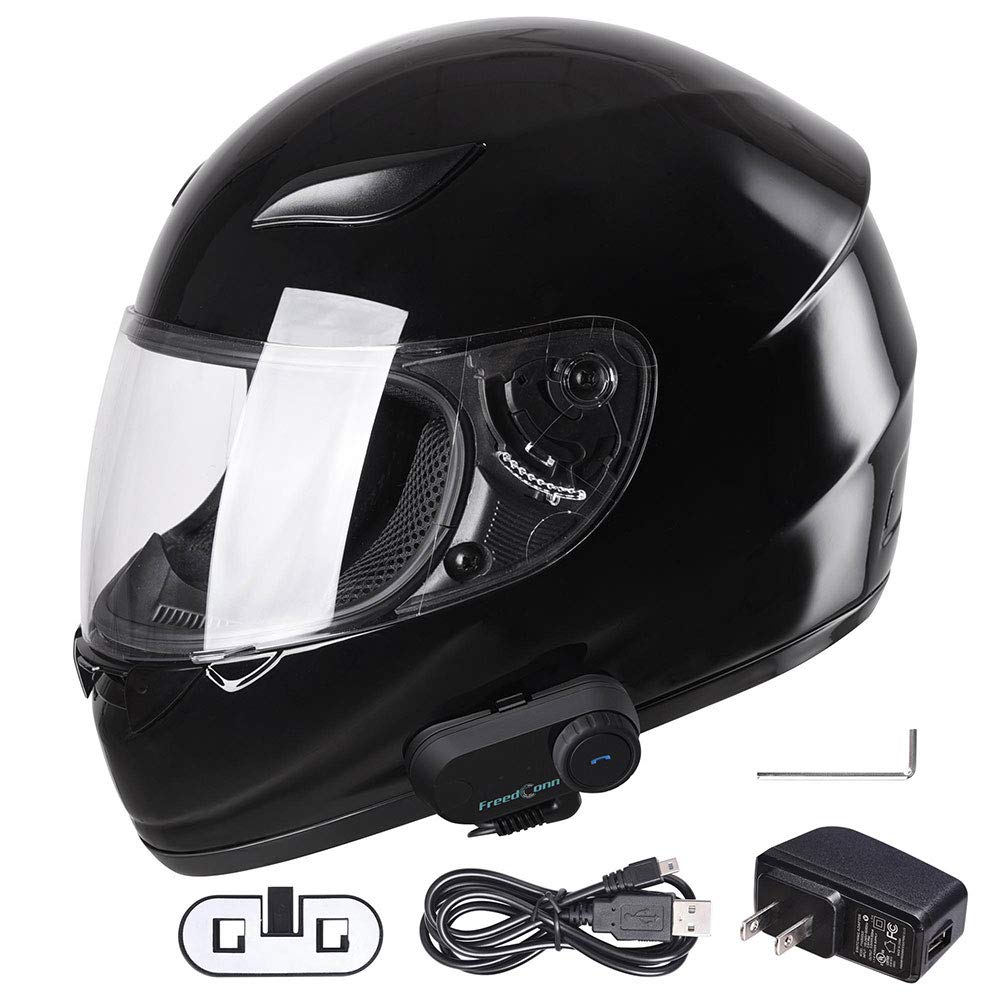 Conclusion
Conclusion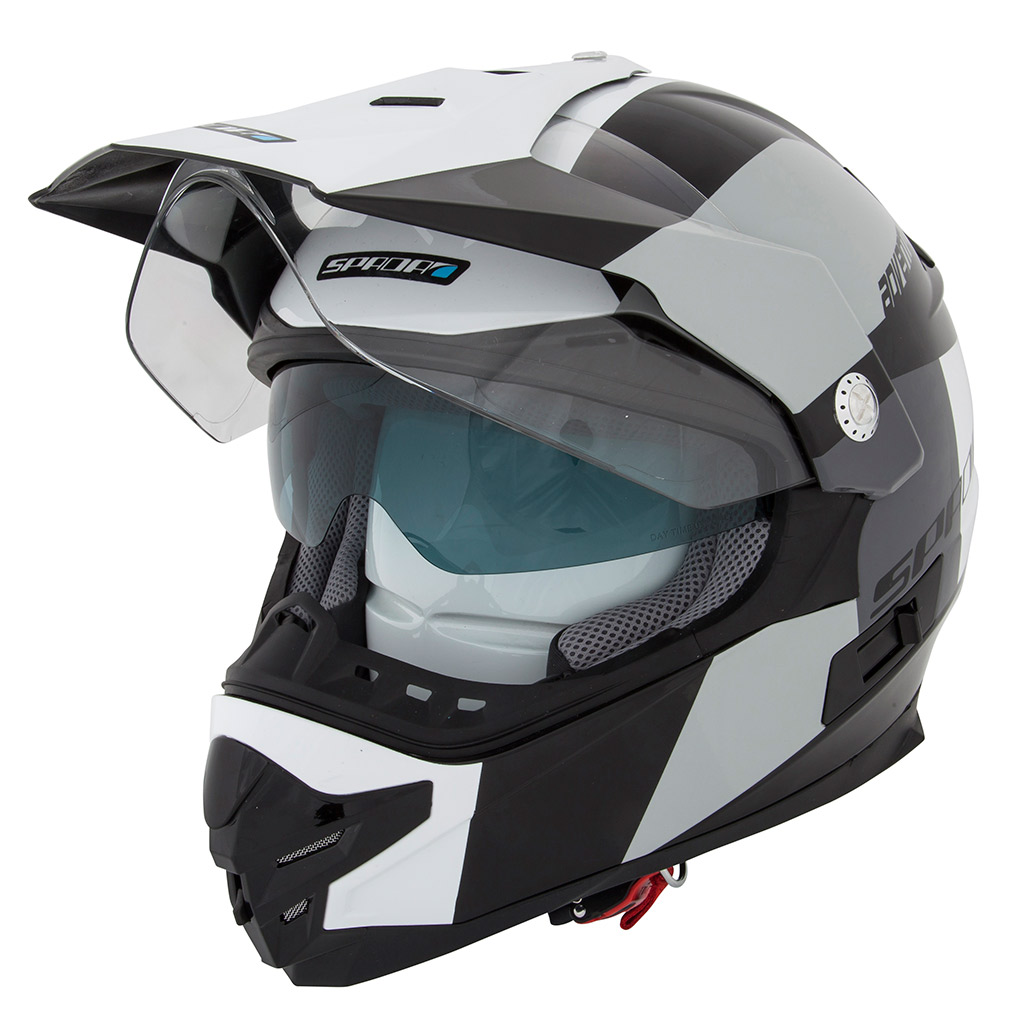 Why the Best Adventure Helmet Matters
Why the Best Adventure Helmet Matters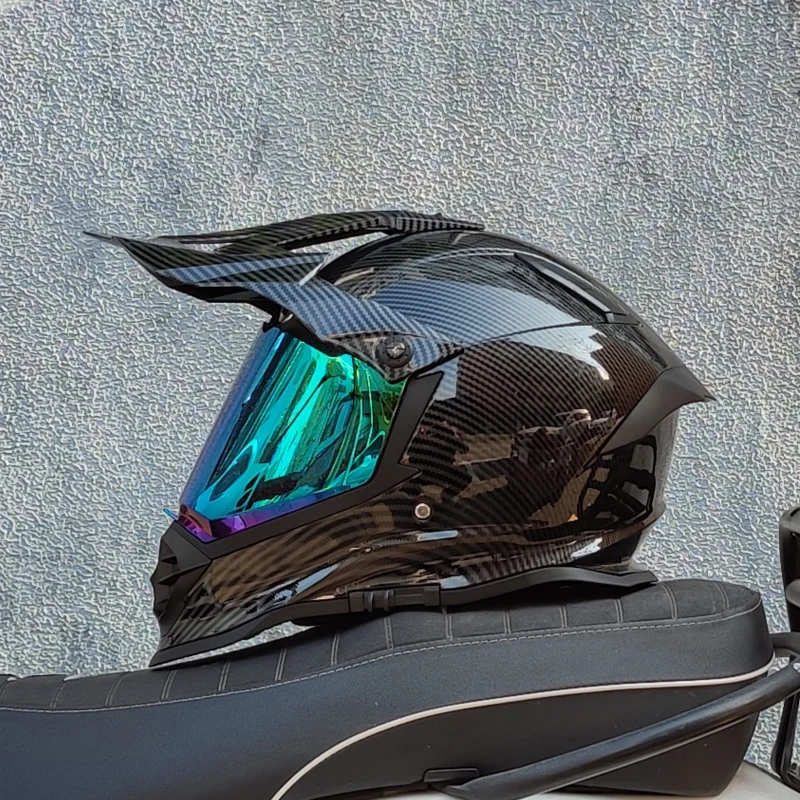 Top Brands Offering the Best Adventure Helmets
Top Brands Offering the Best Adventure Helmets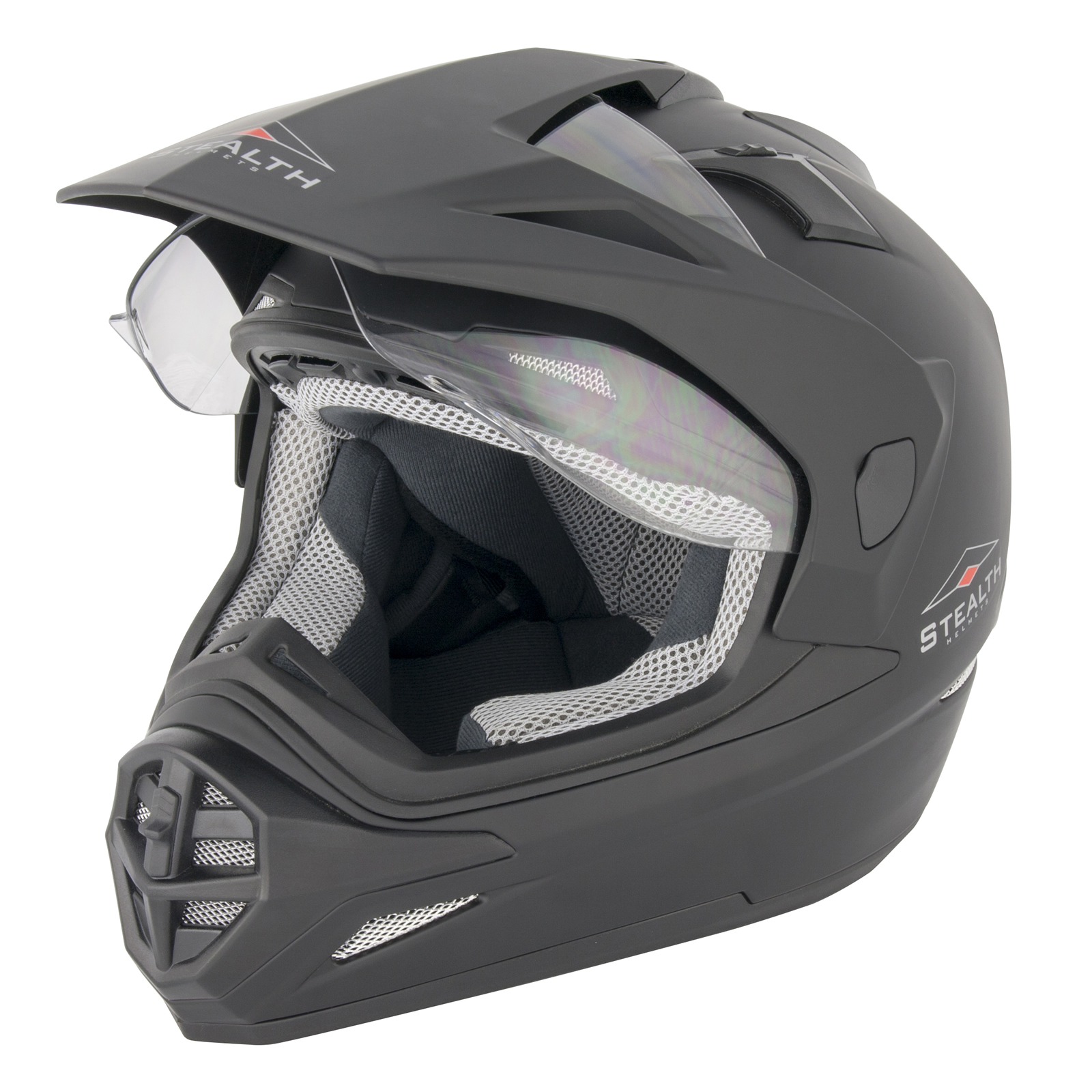 Additional Accessories for the Best Adventure Helmet
Additional Accessories for the Best Adventure Helmet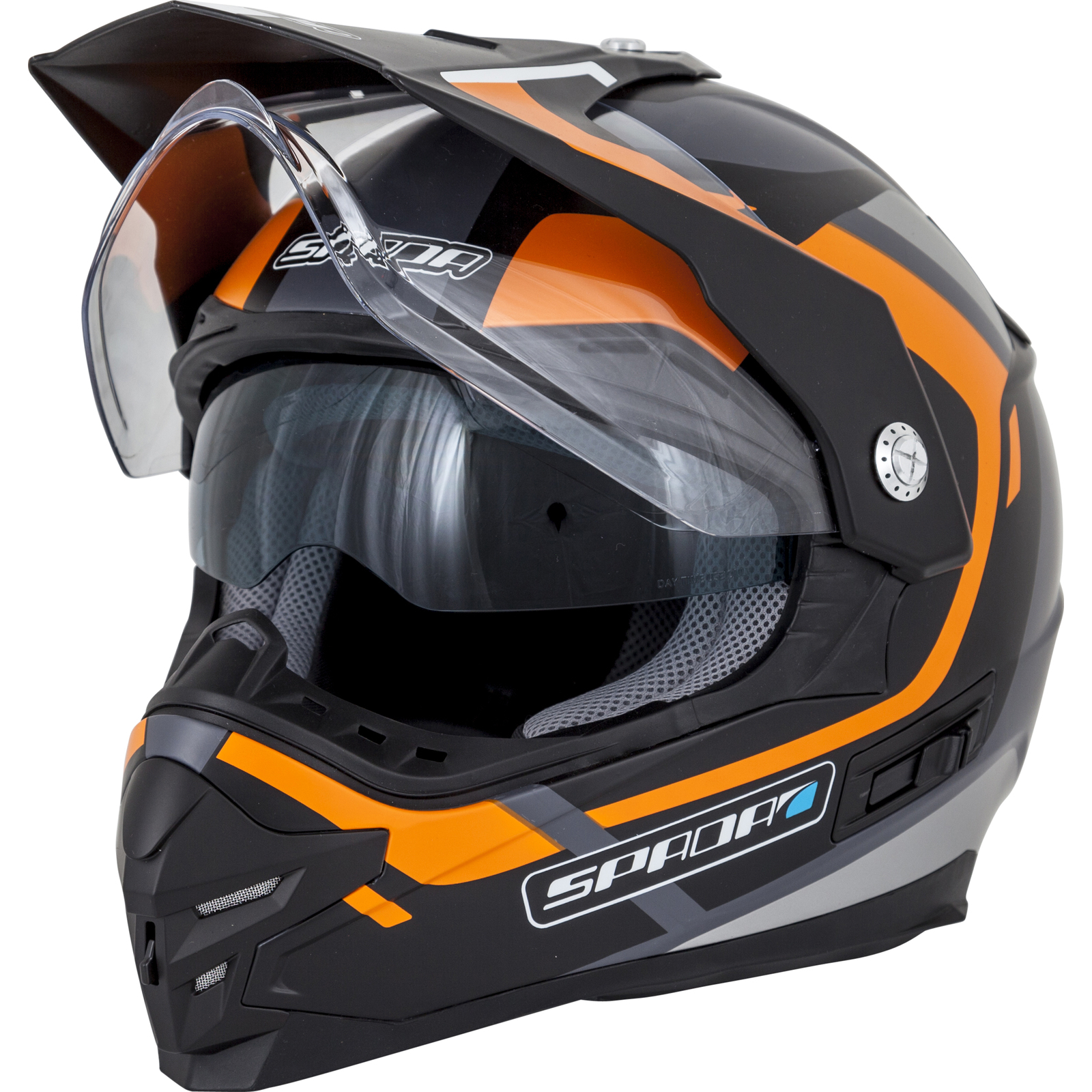 Common Mistakes to Avoid When Choosing the Best Adventure Helmet
Common Mistakes to Avoid When Choosing the Best Adventure Helmet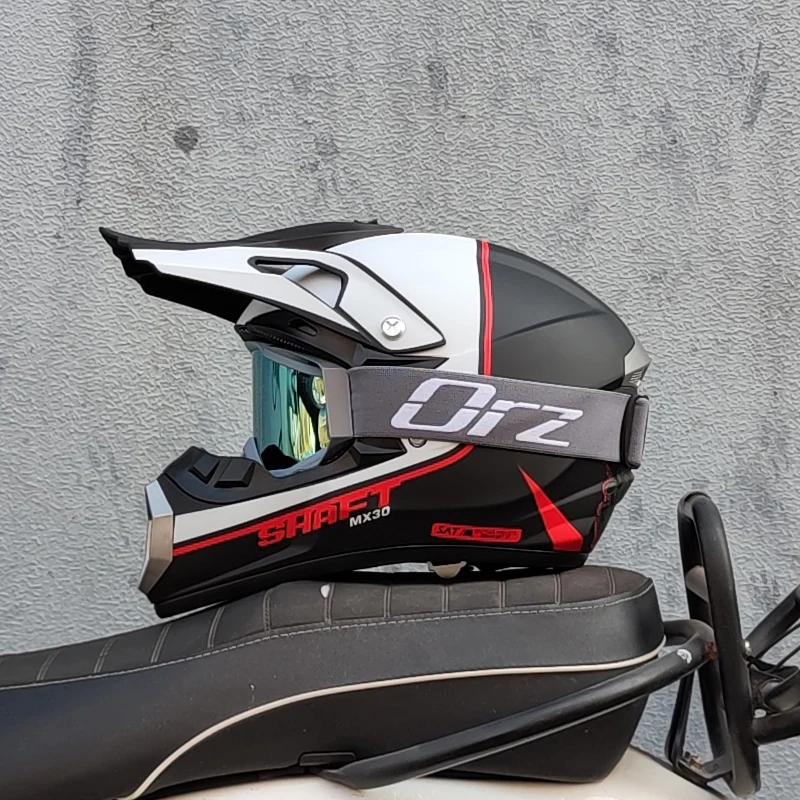 The Future of the Best Adventure Helmet
The Future of the Best Adventure Helmet


